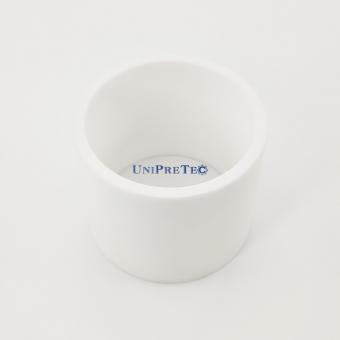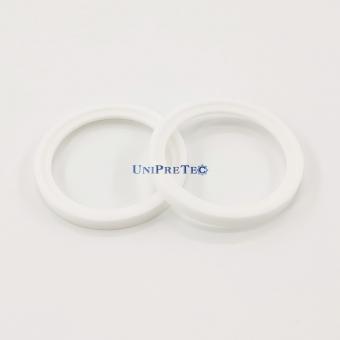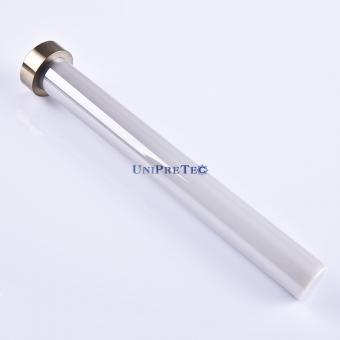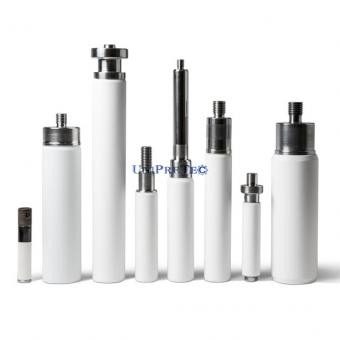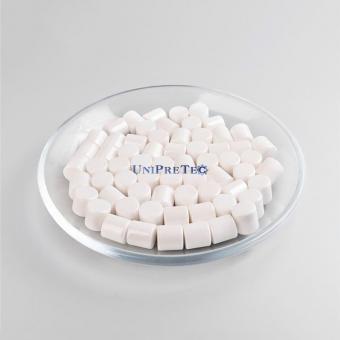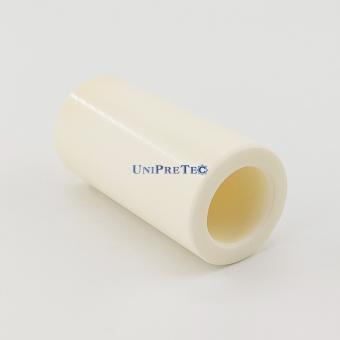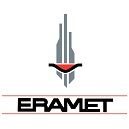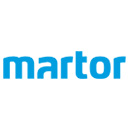People in the industry know that the grinding media of sand mills mostly use glass beads, steel balls, zirconium silicate beads, silicon nitride beads, zirconia beads, pure zirconia, etc., and the grinding media is one of the important factors affecting the efficiency of the sand mill. So in the face of a wide variety of grinding media with different sizes, how to choose a suitable grinding media has become the core problem for everyone to solve.
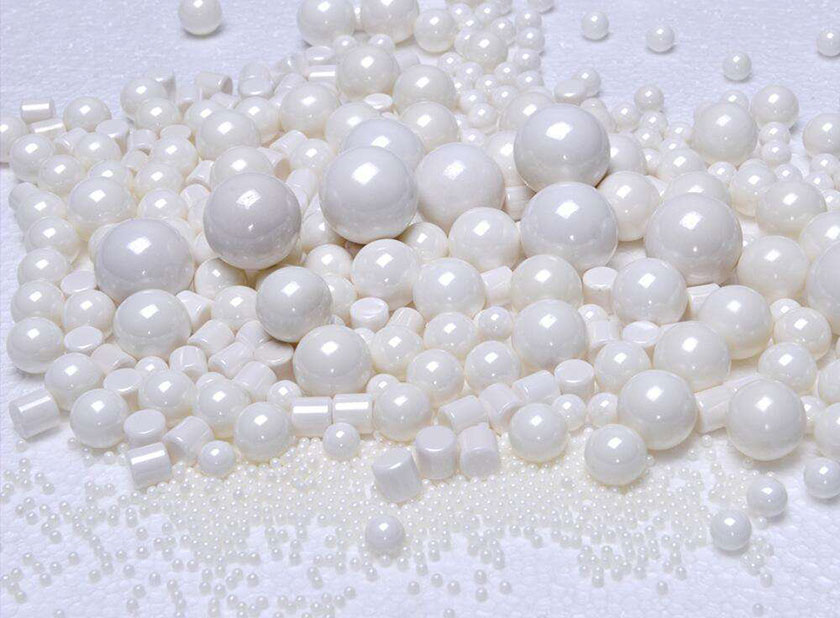
1. The influence of the choice of zirconia beads on grinding
Hardness
Mohs hardness (Mohs) and Vickers hardness (Vickers) are commonly used indicators. Generally, the higher the hardness of zirconia beads, the lower the wear rate of the beads. Judging from the wear of the zirconia beads on the contact parts of the sand mill (dispersion disc, rod pin and inner cylinder, etc.), the zirconia beads with higher hardness will wear more to the contact parts. However, the smooth surface of the beads has relatively little wear on the cylinder and the dispersion plate. At the same time, the filling amount of the grinding beads, the viscosity of the material, the flow rate and other parameters can be adjusted to achieve a better optimization point.
Particle size
The size of the zirconia beads determines the number of contact points between the beads and the material. The more contact points of a bead with a small particle size under the same volume, the more effective collisions during the grinding process, so the grinding efficiency is higher. Under the same grinding time, when using small diameter grinding beads, the product fineness is better than using large diameter grinding media. But on the other hand, when grinding materials with relatively large initial particles, such as 100 micron materials, beads with D=1mm may not be used because the impulse of small beads cannot reach the energy for sufficient grinding and dispersion. In this case, larger beads should be used.
Density
Density is expressed by density (true density) and bulk density (false density) in usual documents. The molecular weight and percentage composition of various oxides determine the density of zirconia beads. Generally, the higher the density of zirconia beads, the greater the kinetic energy generated by the rotation of the sand mill, and the higher the grinding efficiency. But on the other hand, the greater the density of the grinding media, the greater the wear on the contact parts (inner cylinder, dispersing disc, etc.) of the sand mill, so the coordination of the viscosity and flow rate of the material becomes the key. Low-density zirconia beads are suitable for low-viscosity materials, and high-density zirconia beads are suitable for high-viscosity materials.
2. Reasonable filling rate
The filling rate of zirconia beads refers to the number of grinding beads required by the sand mill to achieve a better dispersion and grinding effect. If the filling rate of the grinding beads is too high, it is easy to cause the internal temperature of the sand mill to rise, and the cylinder can not radiate heat in time and shut down automatically. The filling rate of the grinding beads is too low, the grinding efficiency is low, and the medium loss is large. Therefore, a reasonable filling rate is one of the important factors to improve the grinding efficiency.
In the manual of the sand mill, the filling rate is often expressed by the volumetric method, but in production, it must be converted into the actual filling quality of the medium. Calculation formula = effective volume of sand mill × filling rate × grinding media bulk density.







